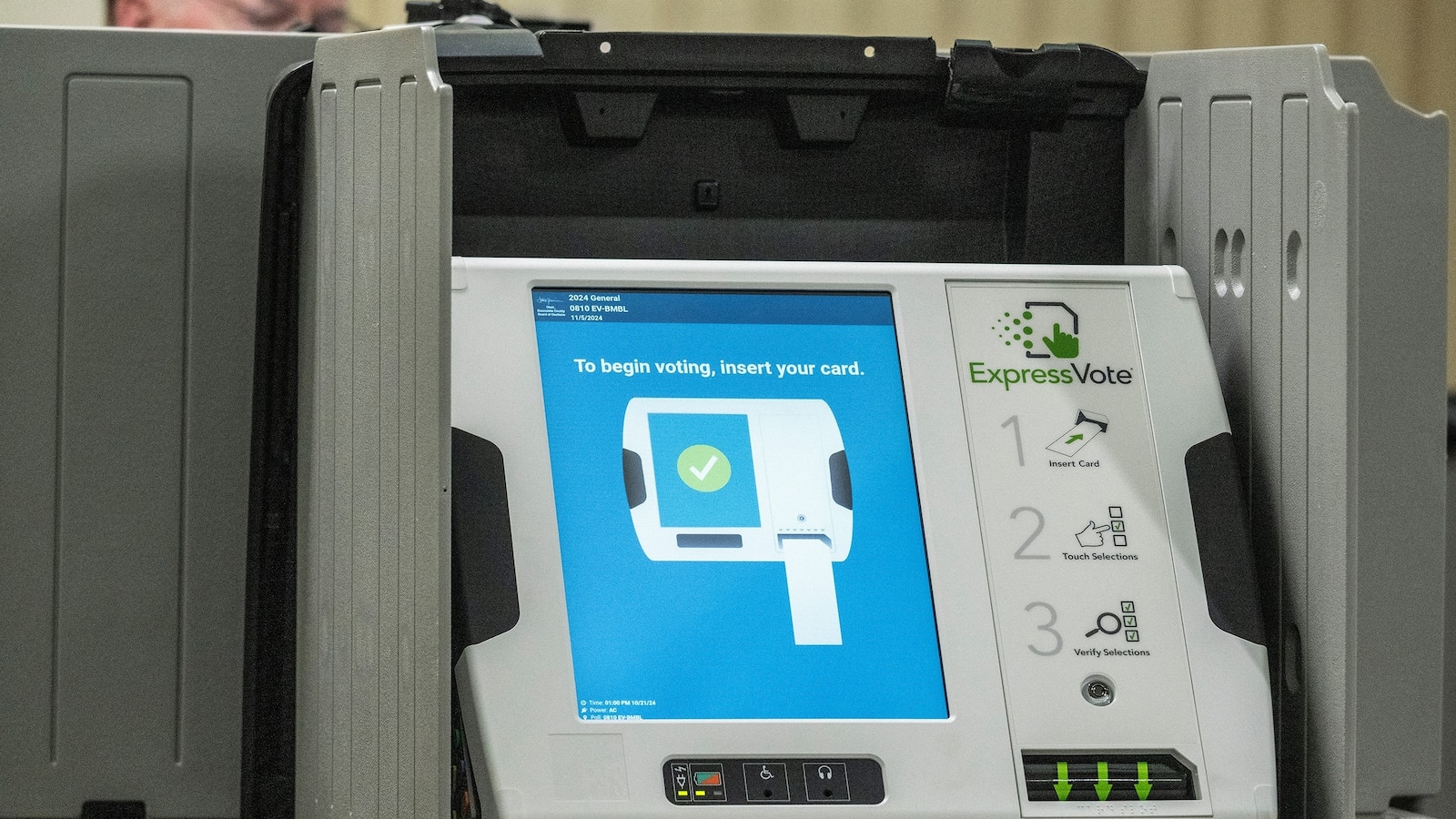The Importance of Election Security in 2024
The 2024 election season has witnessed a surge in early voting, with voters turning out across the nation. Yet, alongside this enthusiasm, concerns regarding the security of voting machines have resurfaced, particularly driven by rumors and misinformation from 2020 that cast unwarranted suspicion on voting systems. Despite the substantial legal and technical safeguards, social media continues to spread unfounded claims about election tampering. Elon Musk, a prominent supporter of former President Donald Trump, recently added to the uncertainty by expressing distrust in electronic voting systems, calling them potentially vulnerable to hacking.
However, research and judicial review disprove such claims. In fact, investigations conducted after the 2020 election—including a historic defamation lawsuit by Dominion Voting Systems against Fox News—concluded that widespread fraud or tampering did not occur. Both federal and state courts upheld the integrity of the 2020 election results, rejecting over 60 lawsuits that challenged the outcome. Experts, including Lauren Cristella of the nonpartisan Committee of Seventy, emphasize that U.S. elections are secure, fair, and subject to robust checks and balances.
Types of Voting Machines Used in U.S. Elections
Voting technology has evolved significantly in the U.S., where a variety of voting machines are used. According to the MIT Election Lab, the five primary types of machines include:
- Paper Ballots (Hand Counted): The traditional method where paper ballots are counted manually.
- Mechanical Lever Machines: Older systems where voters pull levers to cast votes.
- Punch-Card Machines: These record votes via holes punched in paper cards.
- Optical Scan Machines: These devices, used widely in 2024, scan paper ballots marked by voters and tally results similarly to standardized testing machines.
- Direct-Recording Electronic (DRE) Systems: These systems capture votes electronically and can produce a paper record for auditing purposes.
The most widely used technology today is the optical scan system, which allows voters to mark paper ballots, which are then scanned and securely stored for tallying.
Federal and Local Approval Processes for Voting Machines
Voting machines undergo rigorous certification by the federal Election Assistance Commission (EAC) before they can be used. The EAC’s process includes stress testing, review of security features, and ensuring that each machine can meet essential accessibility and functionality requirements. Derek Tisler, a counsel with the Brennan Center for Justice, affirms that approximately 98% of U.S. voters now use systems that maintain a paper record, increasing both transparency and reliability.
Moreover, all significant software updates and hardware changes on certified voting systems are meticulously reviewed to maintain certification status. Local authorities may also have separate approval requirements for voting equipment in specific jurisdictions, ensuring comprehensive oversight at multiple levels.
Layers of Security Protecting Voting Machines
Securing voting machines from tampering starts with physical security. Ted Allen, a professor of integrated systems engineering at Ohio State University, explains that machines are locked away in secure locations before and after election day, limiting access to authorized election officials only. On election day, polling locations are monitored by trained staff and security personnel to prevent any unauthorized access.
To further protect against tampering, modern voting machines use a chain-of-custody protocol, logging each transfer and use of machines and ballots. This custody log ensures transparency and accountability, making unauthorized interference unlikely.
Are Voting Machines Vulnerable to Hacking?
One of the most common misconceptions is that voting machines are connected to the internet, leaving them open to hacking. However, according to Chip Trowbridge, Chief Technology Officer at Clear Ballot, voting machines used to scan ballots are entirely offline, lacking Wi-Fi, Bluetooth, or any other network connection capabilities. This air-gapped network configuration makes remote hacking practically impossible.
Some machines are connected to a secure, air-gapped network for centralized ballot scanning, a practice that involves no exposure to public internet, reducing potential access points for hackers. For any tampering to occur, a malicious actor would need direct physical access to the machine, an event made extremely difficult by the strict physical security protocols in place.
Technological Safeguards
In addition to physical security, technological protections play a significant role. Voting equipment from companies like Election Systems & Software (ES&S) utilizes encrypted USB drives and digital signatures for secure data transfer. This use of cryptographic standards like the Federal Information Processing Standards (FIPS) adds another layer of protection, securing critical election files from unauthorized access.
Transparency and Accountability to Strengthen Public Trust
Public confidence is essential for democratic processes, and election officials emphasize the transparency and accountability built into the U.S. voting system. Trowbridge and Tisler both highlight the checks and balances embedded in each stage of the voting and counting process, ensuring that even if an attempt to interfere were made, it would likely be detected and addressed before affecting the results.
As voters cast their ballots on November 5th, they can rest assured that multiple layers of security are in place to protect their votes. From rigorous federal certifications to the air-gapped security of voting machines, the system is designed to uphold democracy’s integrity and ensure each vote is accurately counted.

